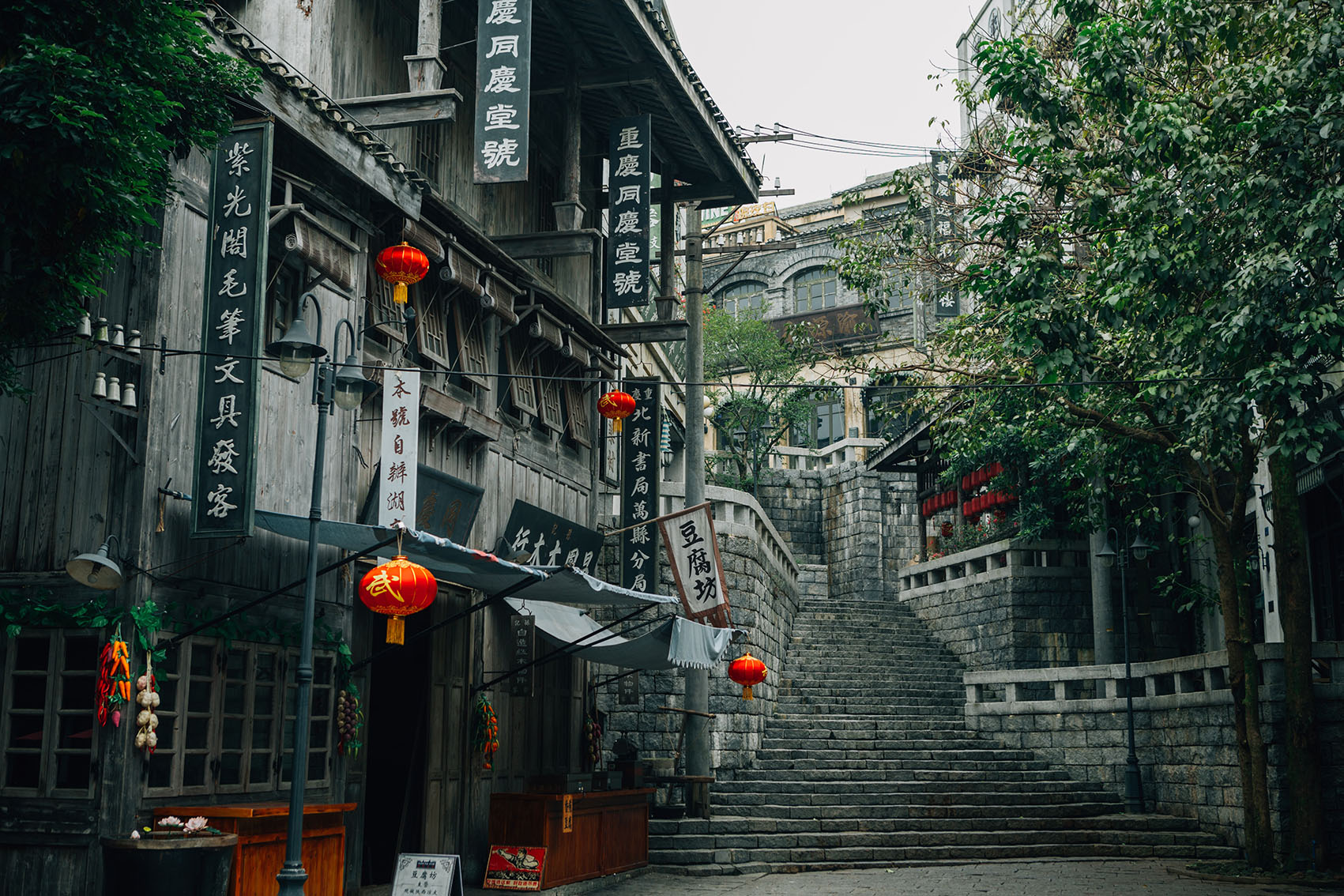China’s economic transformation and upgrading are at an important turning point in history: On the one hand, economic downward pressure has increased. On the other hand, the upgrading of the economic structure has taken shape. The problem is that in the face of the profound and complex changes in the internal and external development environment, the time and space constraints of transformation and reform have been increased. If China is able to achieve this transformation, a new normal state of economic growth of about 7% can be formed on the basis of structural upgrading, creating favorable conditions for the country to move from a middle-income country into a high-income country. This transformation requires a shift towards the innovative and service-oriented economy by 2020, instead of pursuing the GPD growth blindly.
After decades of rapid economic growth, China has successfully surpassed the survival-oriented stage, and entered a new stage of development. An upgrade from survival-oriented consumption to higher-level consumption is observed. For example, the three major consumer expenditures per capita of urban residents, including health care, transportation, and culture, education and entertainment, rose from 12.8% in 1985 to 32.9% in 2017. It is estimated that by 2020 this proportion of expenditure may increase to over 40%, becoming a major part of the consumption of urban residents (National Bureau of Statistics of the PRC, 2018). Finally, upgrading from traditional consumption to new consumption is happening on the internet. New service formats such as e-commerce and logistics express delivery have grown rapidly. For example, in 2012, China’s C2C ecommerce accounted for only 5% of total consumption. In 2017, this ratio rose to 21% (Weinswig, 2017). By 2020, C2C retail and ecommerce is expected to take up 25% of the total consumption in China.
Slowing down of China’s GDP growth seems inevitable. IMF predictive studies predict that China’s GDP growth will fall to below 6.0% in 2020 (Barnato, 2016). The history of the world economy also shows that an economy usually starts to slow down after it reaches a certain growth rate. This model received detailed data support in Angus Maddison’s The World Economy: A Millennial Perspective. Specifically, when the per capita GDP of an economy reaches 7,000 U.S. dollars, the GDP growth in the following decade will usually slow down significantly. According to Madison’s data, the per capita GDP of about 40 economies in the past 100 years reached 7,000 U.S. dollars. Of the 40 economies, 31 have begun to slow after reaching this income level (Madison, 2001). In the decade after the inflection point occurred, the average growth rate became 2.8 percentage points lower than the previous decade (Madison, 2001). Therefore, China is in the critical inflection point right now, and actions must be taken to ensure growth after 2020.
China’s economic achievements are not unique, but are part of the Asian economic miracle. From the perspective of economic development, China’s current stage is similar to that of Japan 40 years ago and South Korea 20 years ago. Therefore, the development experience of Japan in the late 1970s and the experience of South Korea in the 1980s can help tremendously. An analysis of China’s development trends over the next decade and the development experience of Japan and South Korea provide us with a strong benchmark for analyzing China’s economic trends over the next decade. A significant slowdown in economic growth is inevitable, and the sustained inflation rate will increase (Value Walk, 2018). Consumption growth will be faster than overall economic growth, and the service industry growth will be faster than overall economic growth as well. In time, the power of the labor force and the overall national income will increase. This would only happen as the labor-intensive industries are upgraded into innovation-intensive ones, such as the cases of Japan and Korea.
For China to thrive after this economic transition, it is necessary to address some key issues. It must reduce the dependence of growth on net exports and investment. This can be achieved by reducing the national savings rate and increasing the consumption rate. China should also make and implement higher environmental standards to achieve sustainable development. The biggest obstacle to achieving the second transition may be China’s politicized economy. Its characteristics include the government’s land ownership, excessive involvement of state-owned enterprises in the economy, and control of the financial system. If this politicized economic system remains unchanged, it will be difficult for China to complete its transformation. A reform in the business environment and education system is necessary to nurture independent innovation. The government’s influence on the private corporate needs to be reduced, especially in the financial system. The government’s incentive mechani

